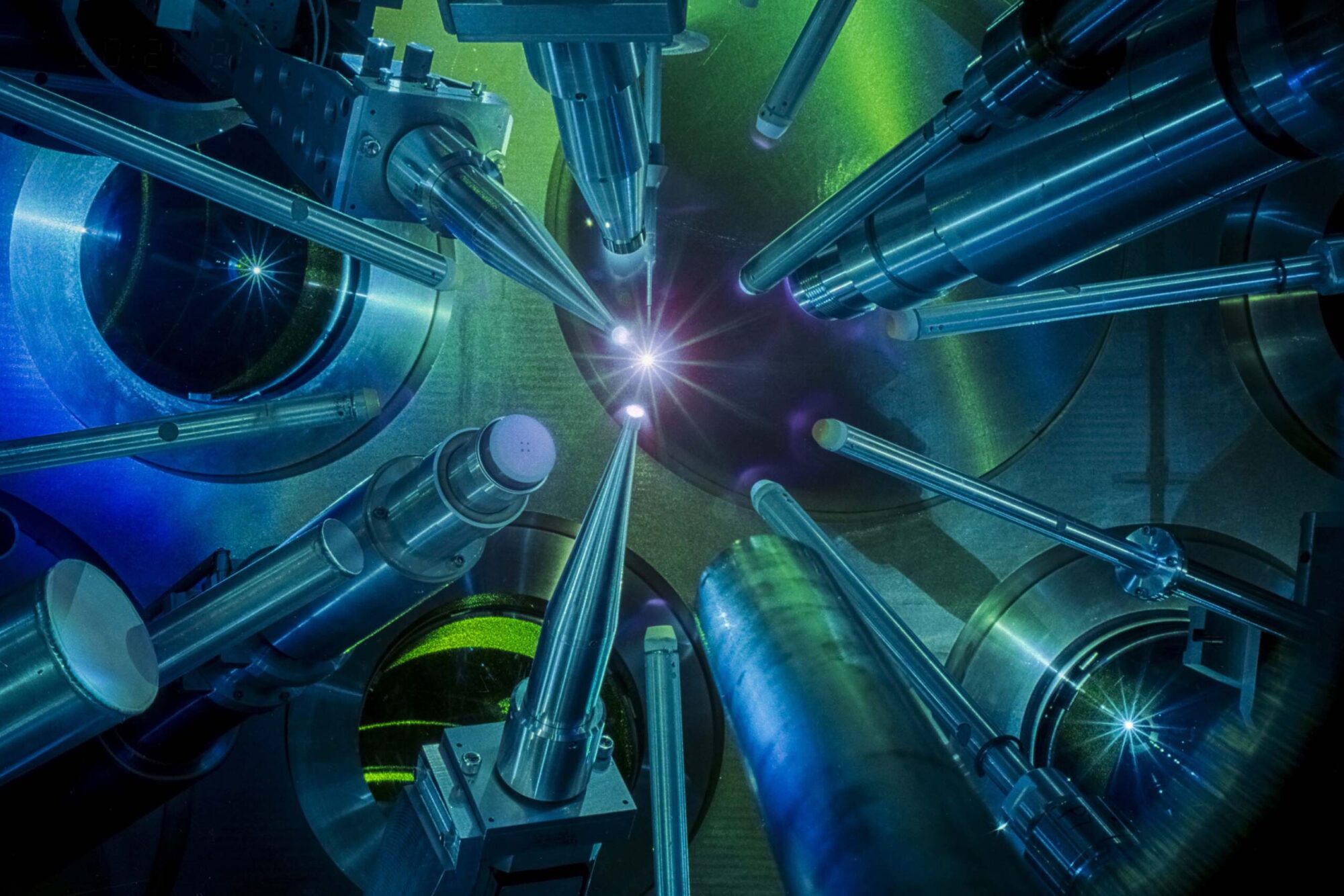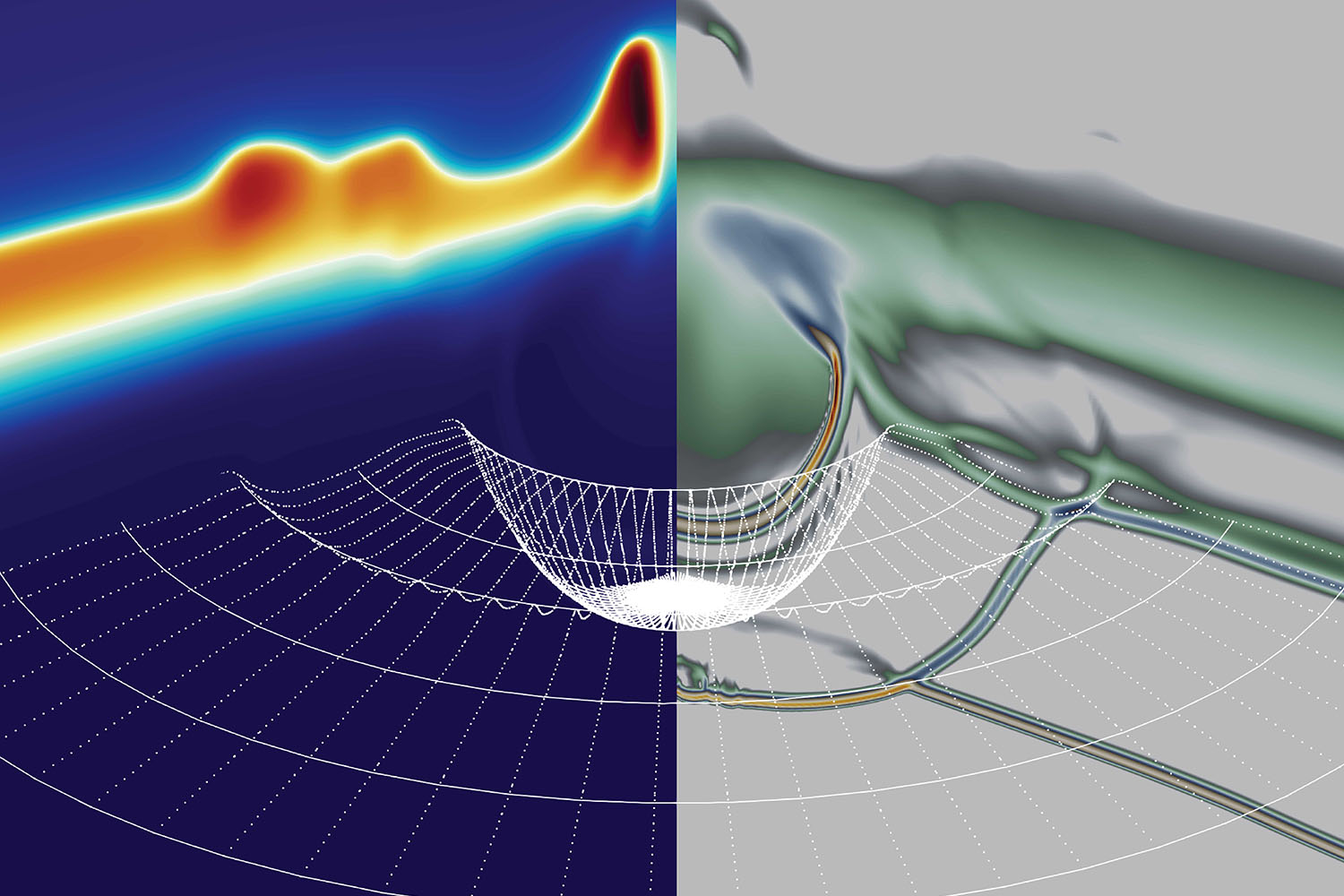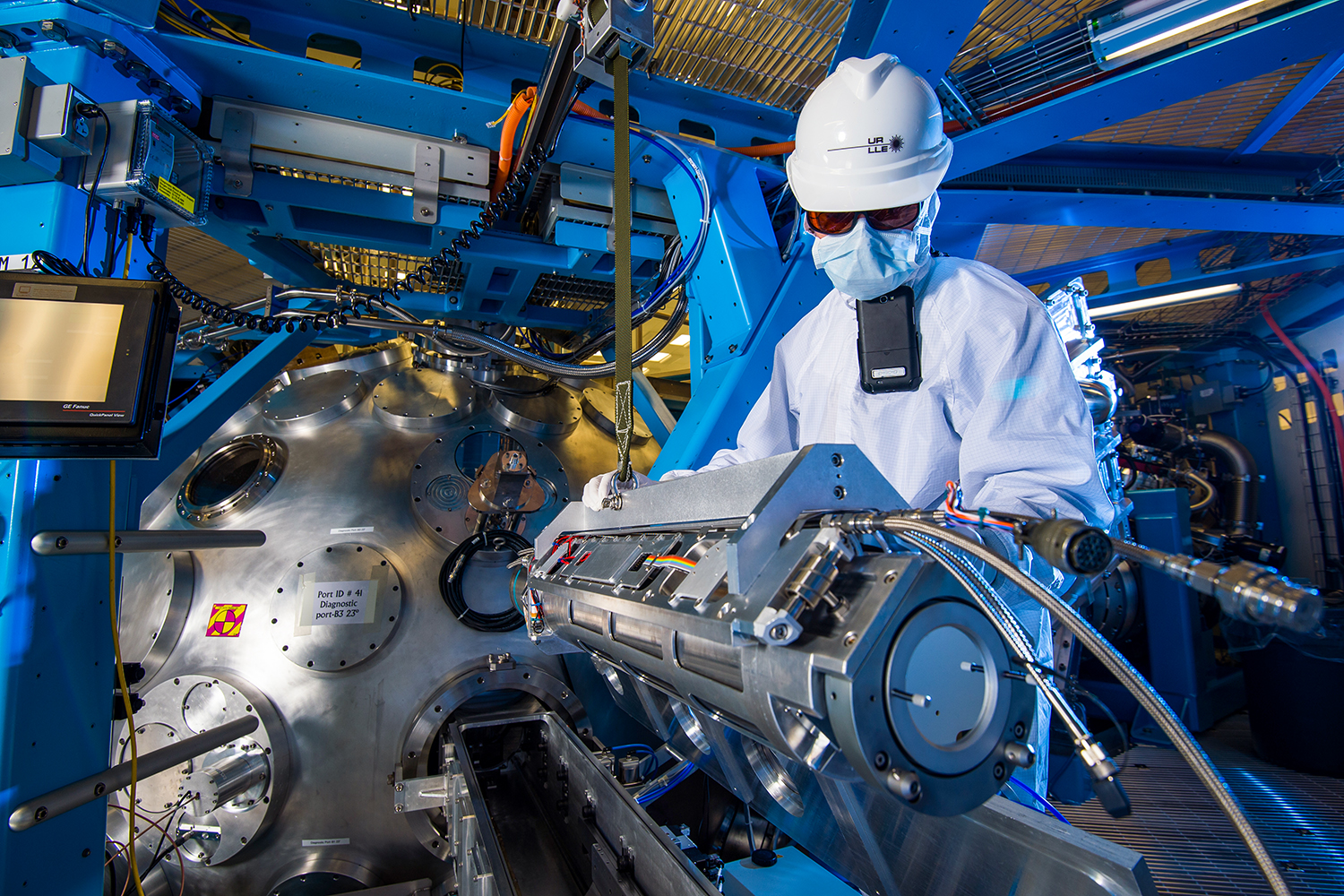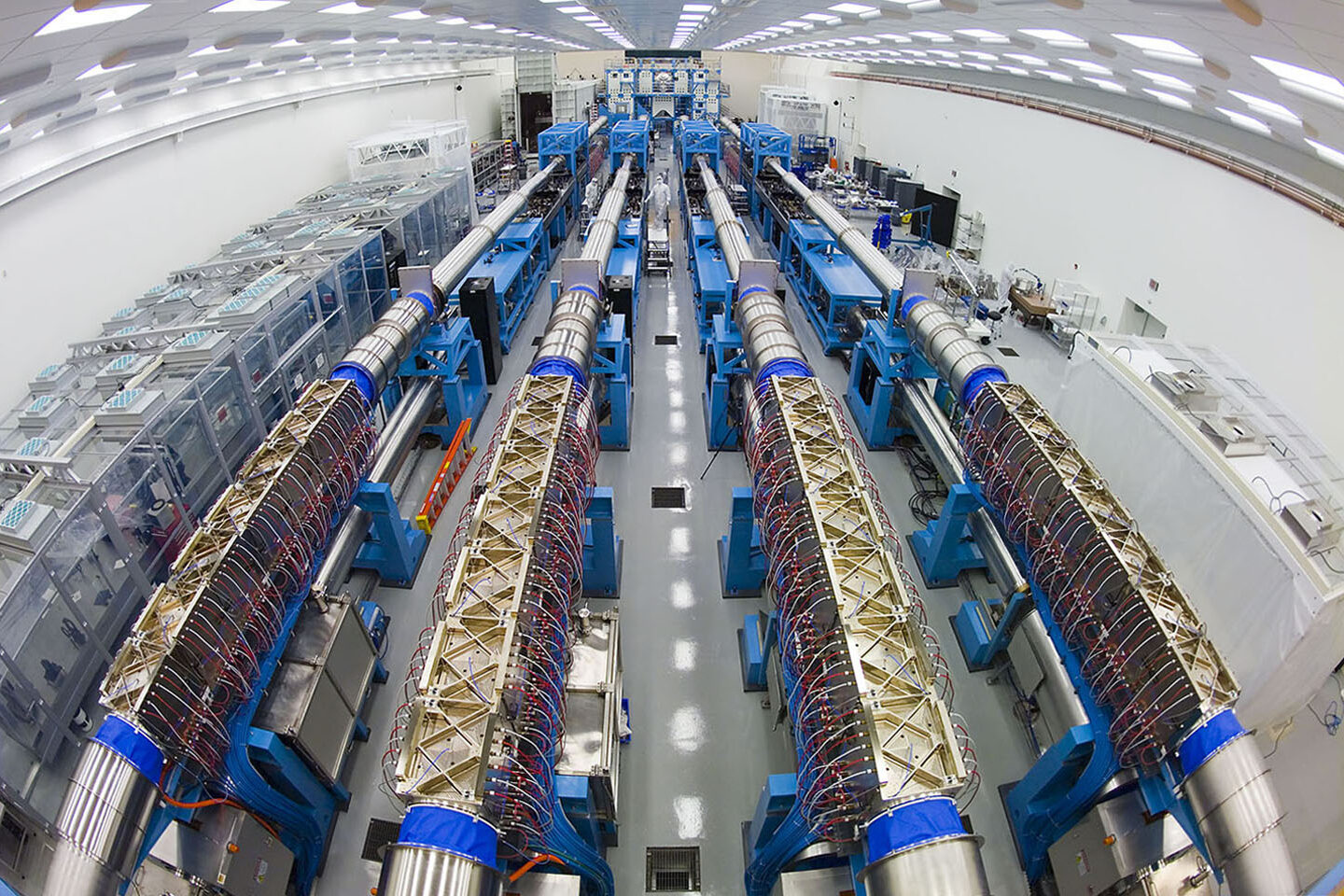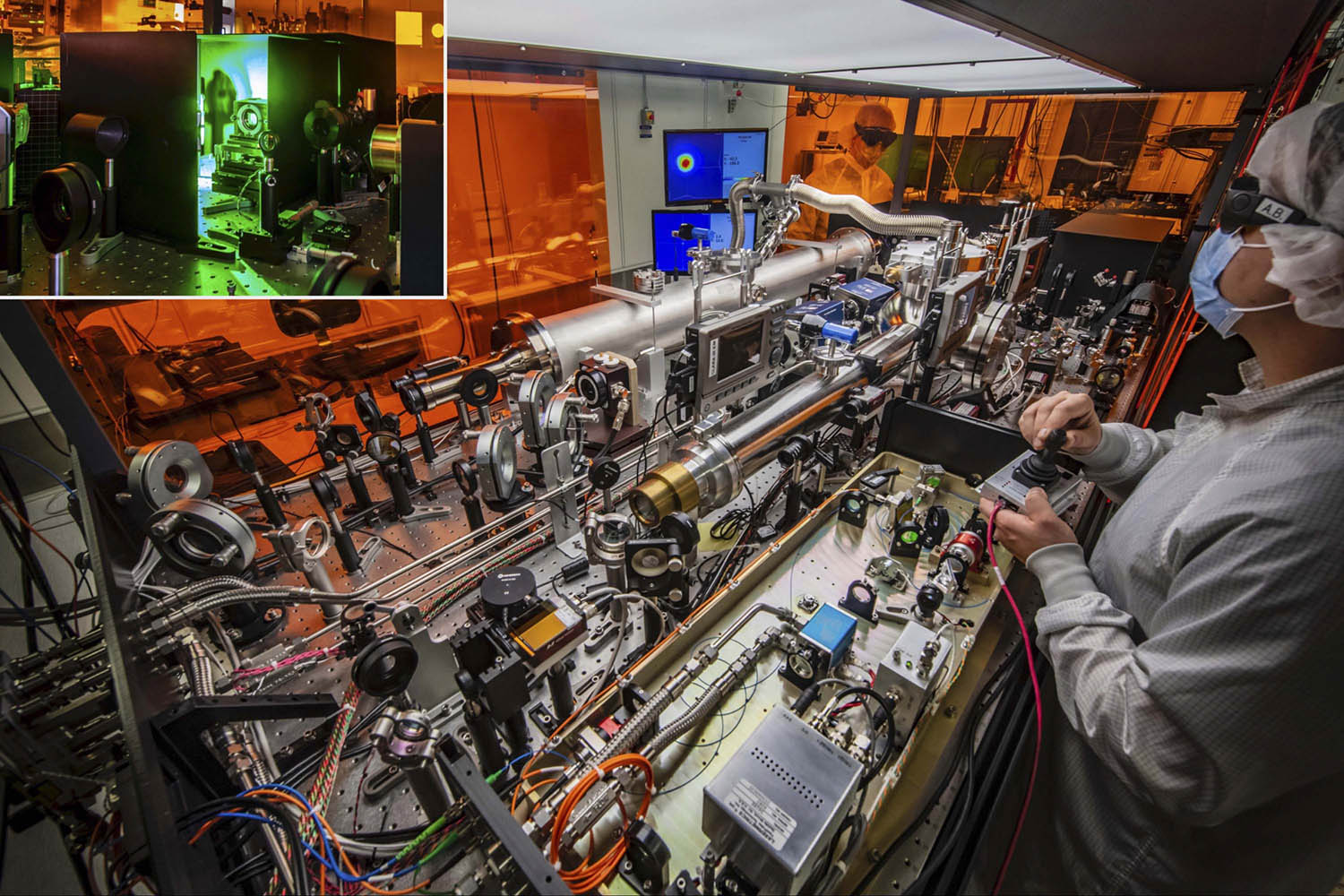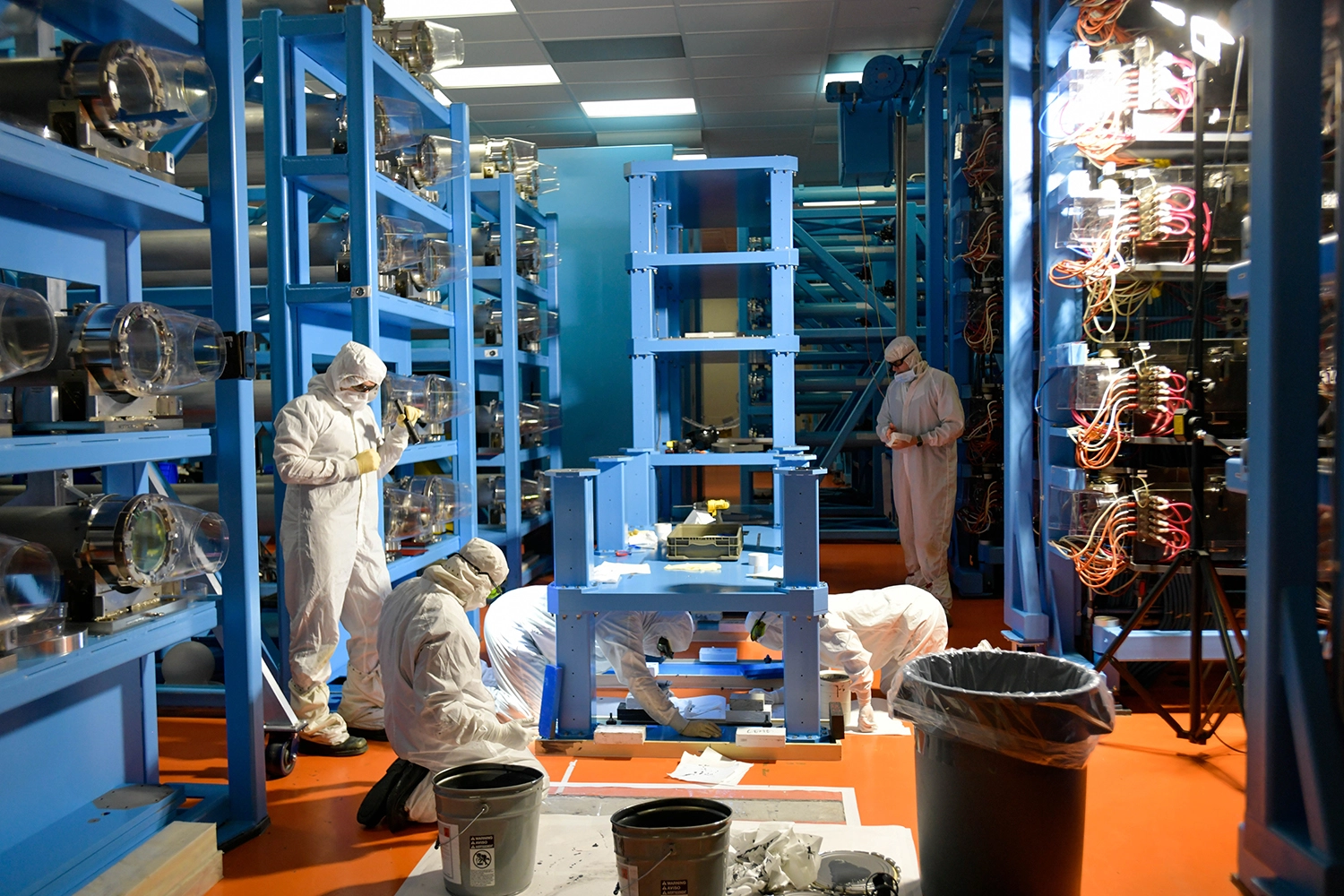Implosion Physics
Implosion physics is at the heart of inertial confinement fusion, focusing on how a tiny spherical fuel capsule can be symmetrically compressed to the extreme densities and temperatures needed to initiate fusion.
When powerful lasers strike the outer layer of the capsule, material rapidly ablates outward, producing an equal and opposite reaction that drives the rest of the capsule inward. The goal is to create a highly uniform implosion in which the fuel core is compressed and heated quickly enough for fusion reactions to ignite before instabilities can disrupt the process.
Understanding implosion physics requires studying hydrodynamic stability, laser–plasma interactions, and energy transport under extreme conditions. Precision in timing, symmetry, and pressure is crucial since even minuscule imperfections can reduce performance. Advances in implosion physics not only bring scientists closer to achieving laboratory ignition but also deepen knowledge of matter under conditions similar to those found in stars, planetary interiors, and nuclear stewardship applications.




